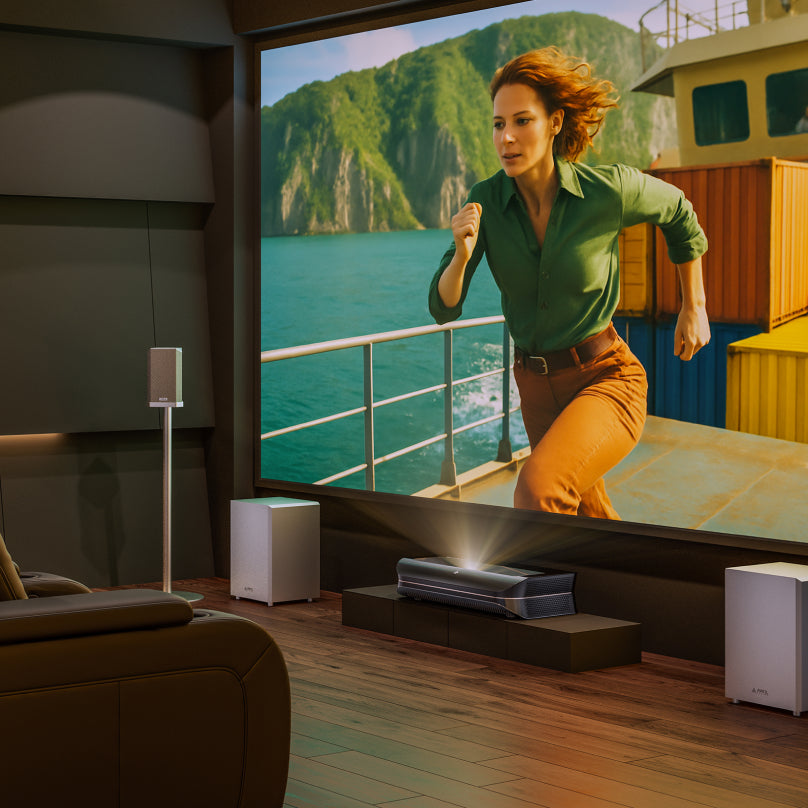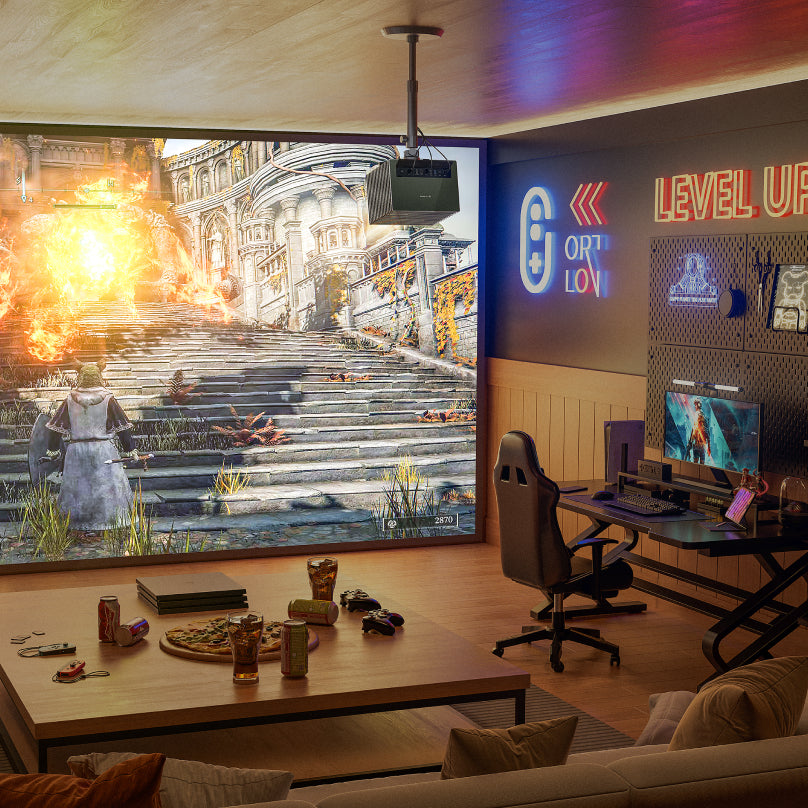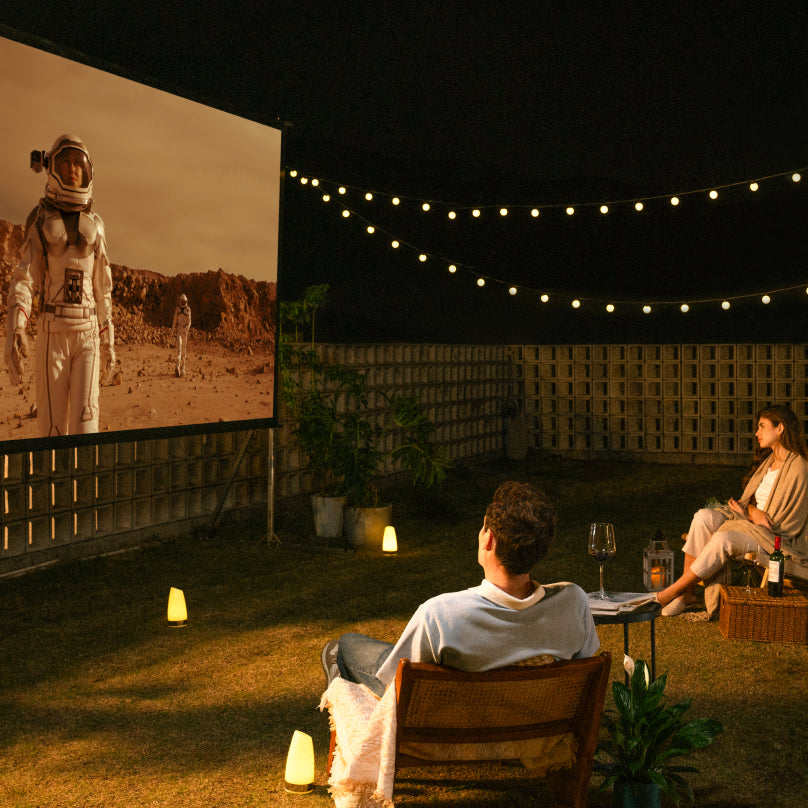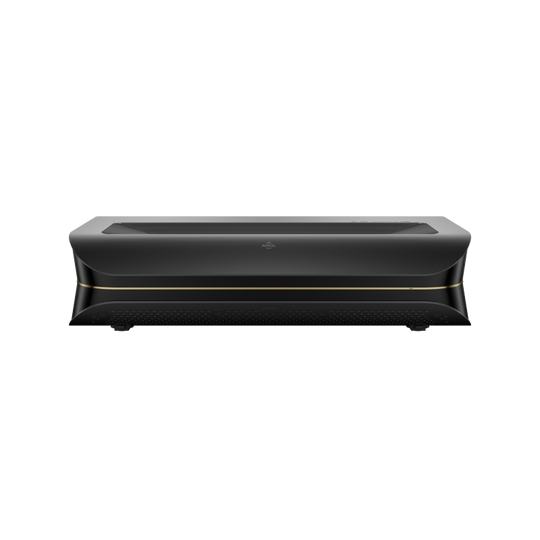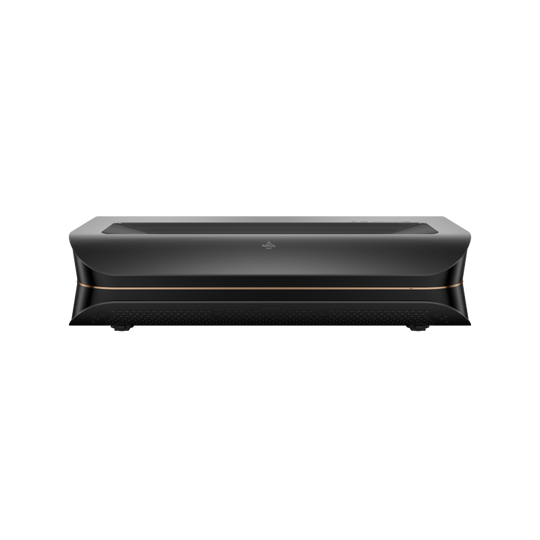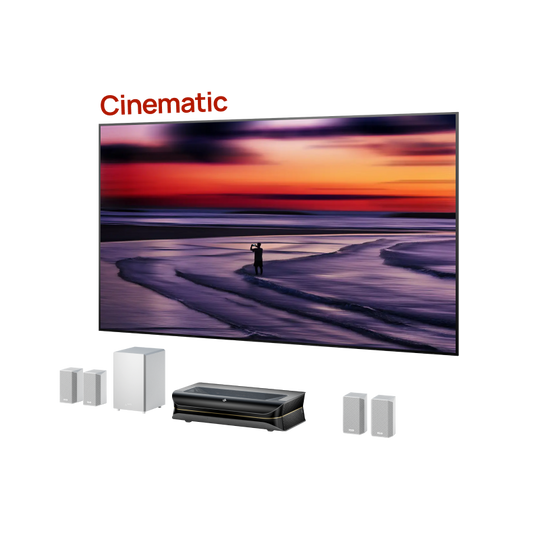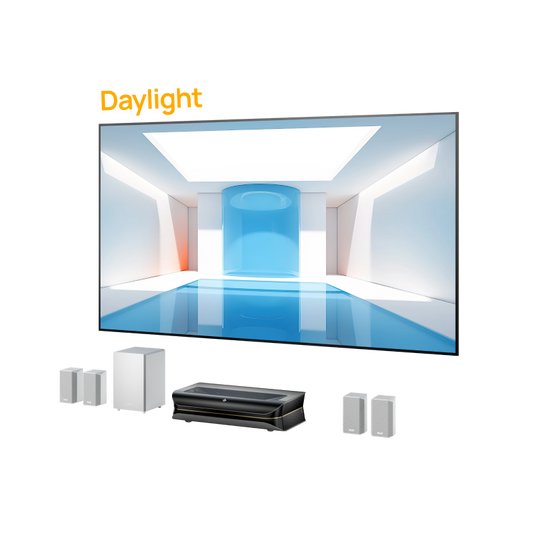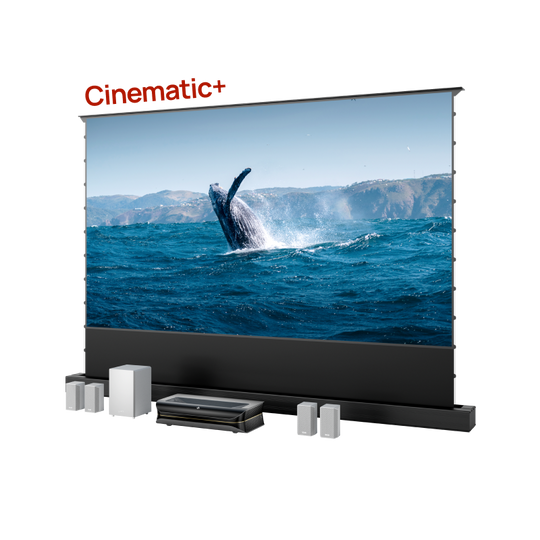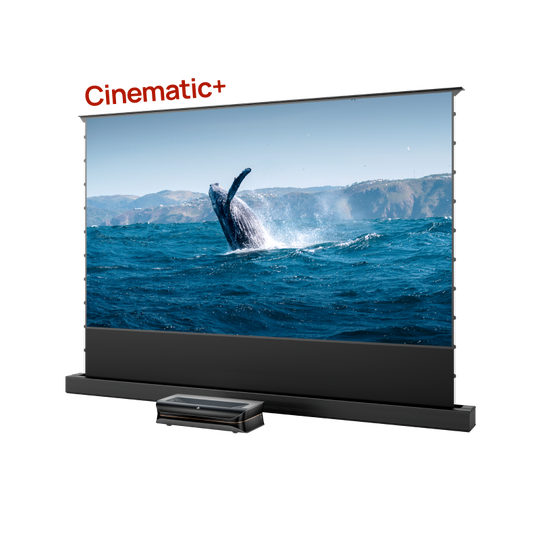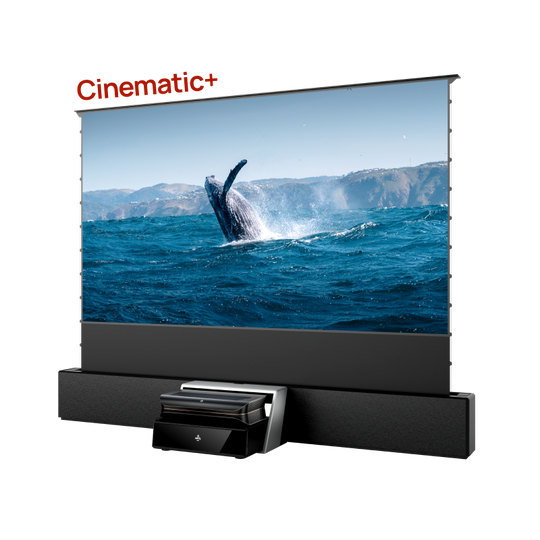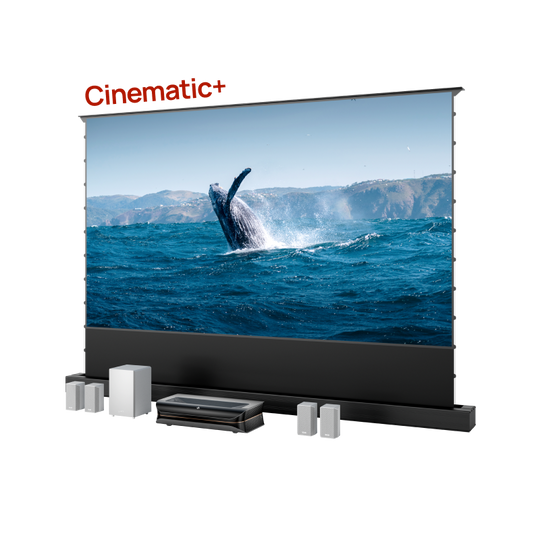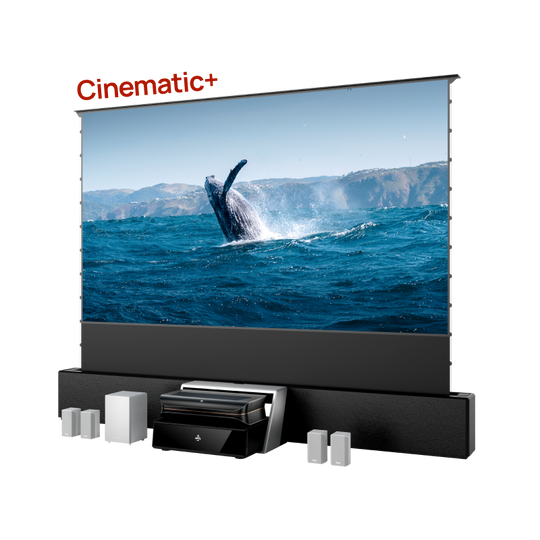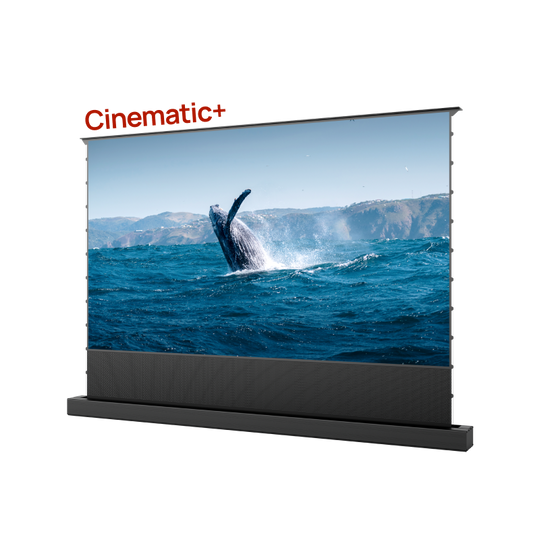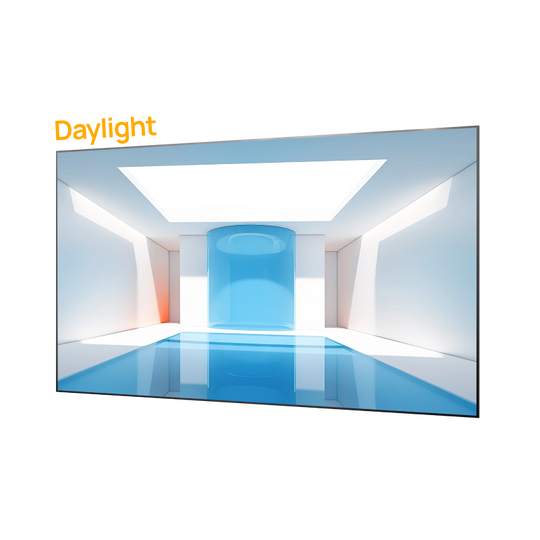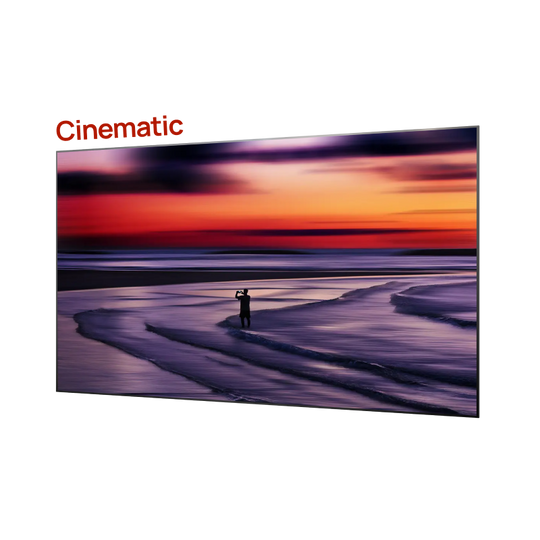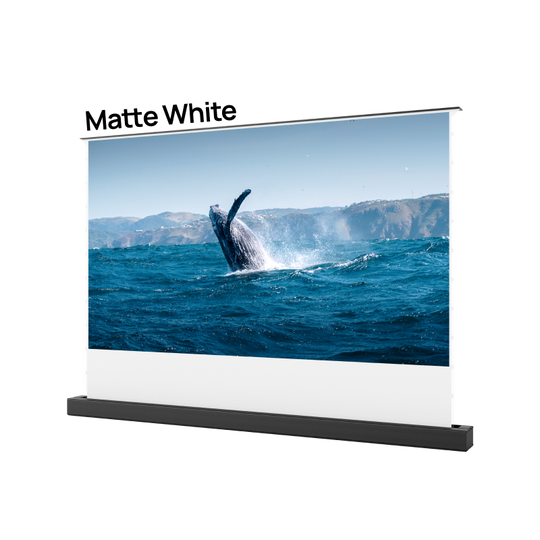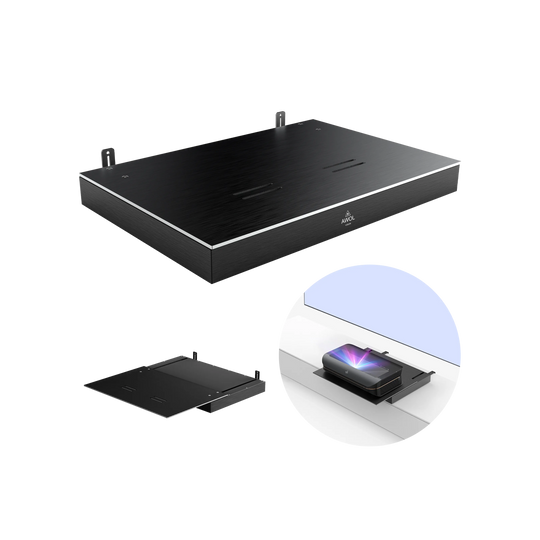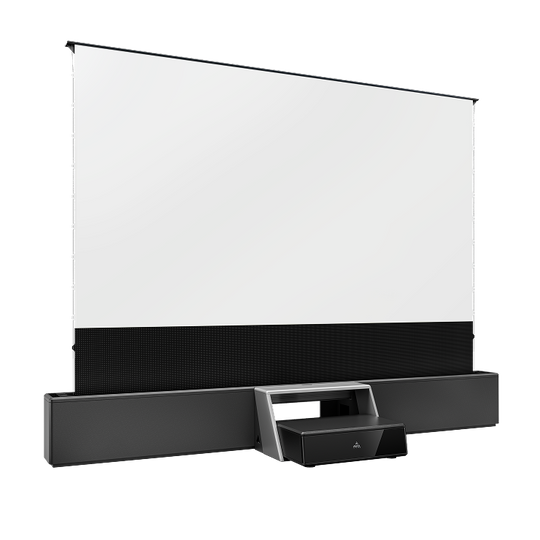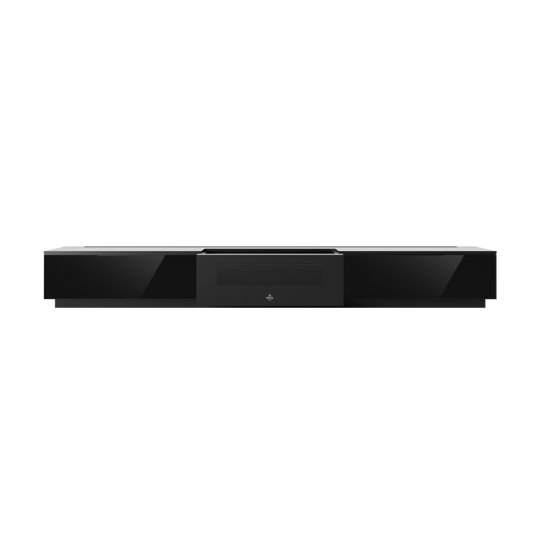We value your privacy We and our partners use cookies and other technologies to improve your experience, measure performance, and tailor marketing. Details in our Privacy Policy .
- All Scenes
- New Year Sale🎊
- 4K Laser Projector
- Bundles
- Accessories
- Valerion
ValerionNew

Long-Throw Professional Grade 4K Home Theater Projector Valerion VisionMaster Max
New
Long-Throw 4K RGB Triple Laser Projector Valerion VisionMaster Pro2
New
Long-Throw Projector Valerion Pro2 Plus AWOL Floor Rising Matte White Screen Bundle
New
Long-Throw Projector Valerion Pro2 + AWOL Floor Rising Matte White Screen + Valerion ThunderBeat 5.1.2 Bundle
Explore More - Explore
-
- Showrooms
